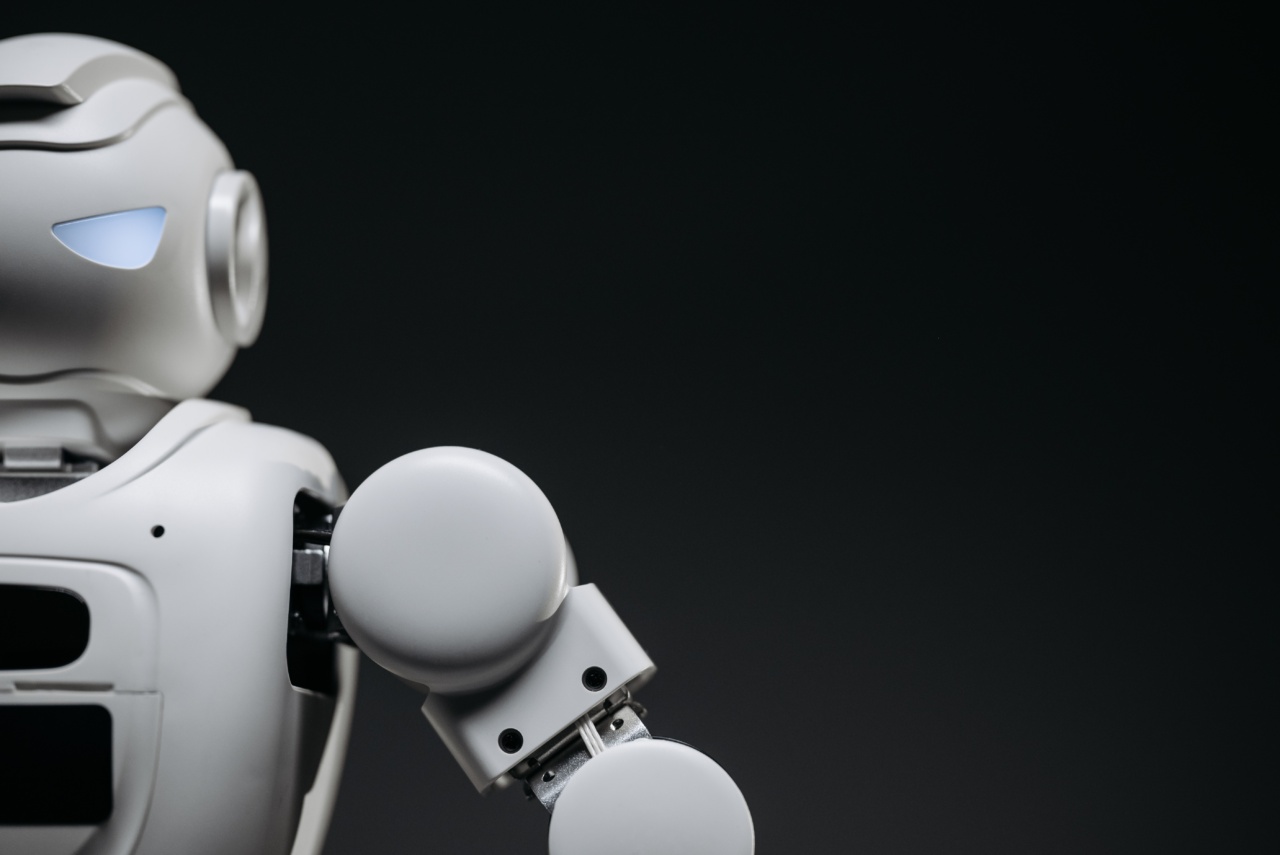Dancing is not only a fun and joyful activity, but it can also be a fantastic way to burn calories and stay fit.
Whether it’s salsa, hip-hop, ballet, or any other form of dance, the physical exertion involved in dancing can lead to significant calorie burn. In this article, we delve into the science behind calories burned through dancing and explore how different factors can influence the energy expenditure in this popular form of exercise.
Understanding Calories and Energy Expenditure
Before diving into the specifics of calorie burn during dancing, it’s essential to have a basic understanding of calories and energy expenditure.
A calorie is a unit of energy that is used to measure the amount of energy stored in food and the amount of energy expended through physical activity.
When we consume food, our body breaks it down, and the energy stored in the food is released, providing us with the fuel necessary to perform various functions, including physical activity.
The energy we expend during physical activity is measured in calories.
The Role of Metabolism
Metabolism plays a crucial role in the number of calories burned during dancing. Metabolism refers to the complex series of chemical processes that occur within our cells to convert the food we eat into energy.
Everyone’s metabolic rate varies, depending on factors such as age, sex, genetics, body composition, and activity level.
People with a higher metabolic rate tend to burn more calories at rest and during physical activity. Certain factors, such as muscle mass and regular exercise, can boost metabolism and increase the number of calories burned throughout the day.
The Different Dance Styles and Calorie Burn
Not all dance styles are created equal when it comes to calorie burn. The intensity of movements, duration, and pace of the dance routine can all impact the number of calories burned. Let’s explore the calorie burn of a few popular dance styles:.
1. Salsa
Salsa is a vibrant and energetic dance style that originated in the Caribbean. It involves intricate footwork, hip movements, and fluid partnering.
A one-hour salsa session can burn approximately 400-600 calories, making it an excellent option for those looking to shed some pounds while having a blast on the dance floor.
2. Hip-Hop
Hip-hop dancing is characterized by its high energy, powerful moves, and expressive style. It combines various street dance styles and can involve quick and intense movements, such as jumps, spins, and body isolations.
An hour of hip-hop dancing can burn around 350-600 calories.
3. Ballet
Ballet is a graceful and disciplined dance form that requires strength, flexibility, and precision.
Although ballet may not appear as physically demanding as other dance styles, the constant engagement of muscles and the requirement for balance can lead to a significant calorie burn. A one-hour ballet class can burn around 300-450 calories.
Factors Affecting Calorie Burn
Calorie burn during dancing is influenced by several factors, including:.
1. Body Weight and Composition
The number of calories burned during any physical activity is affected by body weight. Those with higher body weight tend to burn more calories as they require more energy to move mass.
Additionally, individuals with greater muscle mass have a higher metabolism and burn more calories, even at rest.
2. Intensity and Duration
The intensity and duration of dancing directly impact calorie burn. High-intensity dance routines that involve fast-paced movements and higher resistance can burn more calories compared to slower-paced routines.
Similarly, dancing for a more extended period will result in higher energy expenditure.
3. Skill Level
A person’s skill level in a particular dance style can also affect calorie burn. Beginners may not perform complex movements with the same intensity and precision as experienced dancers, leading to a lower calorie burn.
As dancers become more skilled, they can execute movements more efficiently and burn more calories.
4. Rest and Recovery
Allowing adequate rest and recovery time between dance sessions is crucial. Overtraining and not giving the body enough time to recover can hinder calorie burn.
Rest days are essential for muscle repair and growth, which can, in turn, boost metabolism and overall calorie burn.
5. Age and Fitness Level
Age and fitness level also play a role in calorie burn during dancing. Younger individuals generally have a higher metabolism and burn calories more efficiently.
Additionally, individuals who are already physically fit may burn calories more effectively due to their cardiovascular endurance and increased muscle mass.
The Impact of Dance on Mental Health
In addition to the physical benefits, dancing can have a positive impact on mental health. It can be a form of creative expression, a social activity, and a means of relieving stress.
Engaging in dance has been shown to reduce anxiety, boost mood, and improve overall well-being.
Furthermore, dancing releases endorphins, the feel-good hormones, which can enhance mood and provide a sense of happiness and contentment.
The combination of physical activity and the emotional benefits of dancing contributes to a holistic approach to health and wellness.
Conclusion
Dancing is not only an enjoyable way to express oneself but also an effective way to burn calories and stay physically fit.
The number of calories burned through dance can vary depending on factors such as dance style, intensity, duration, and individual characteristics such as body weight and metabolism.
Regardless of the specific dance style, incorporating dance into one’s fitness routine can lead to improved cardiovascular health, increased muscle strength and endurance, and enhanced mental well-being.
So put on your dancing shoes, turn up the music, and let the calories burn as you enjoy the rhythm and moves!.






























